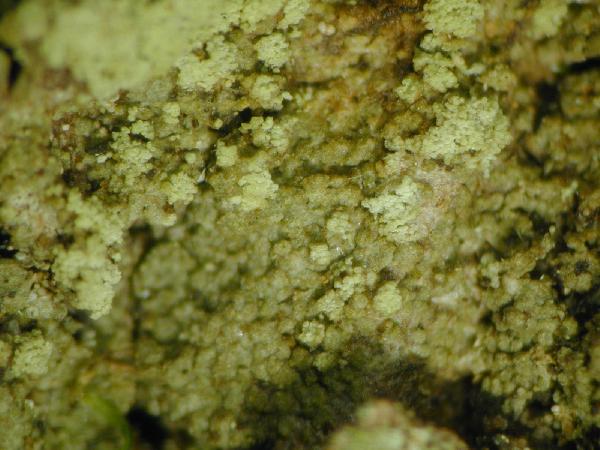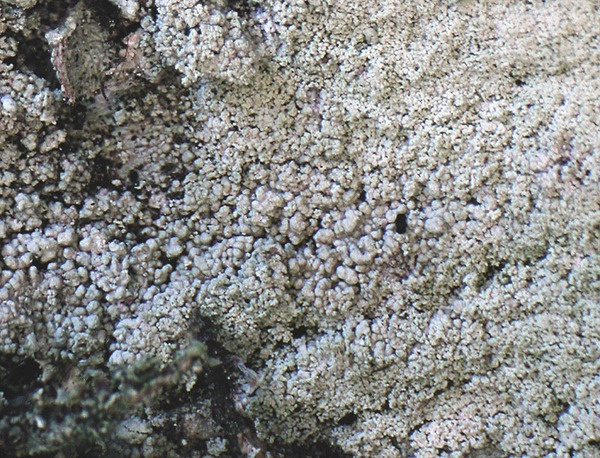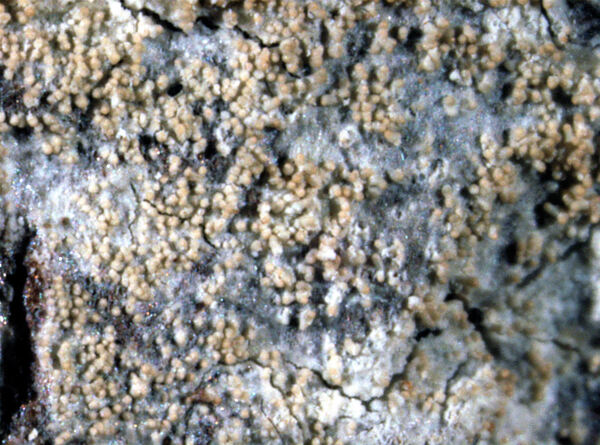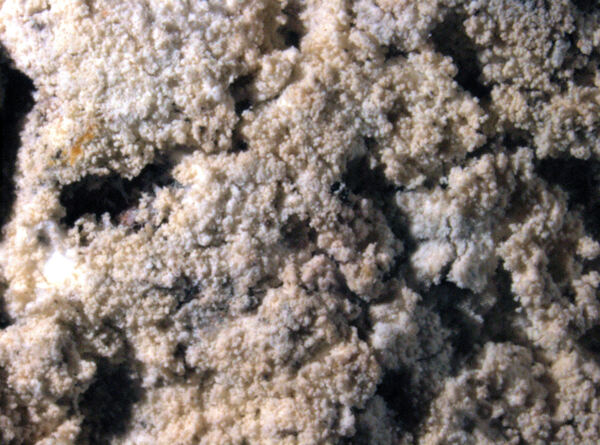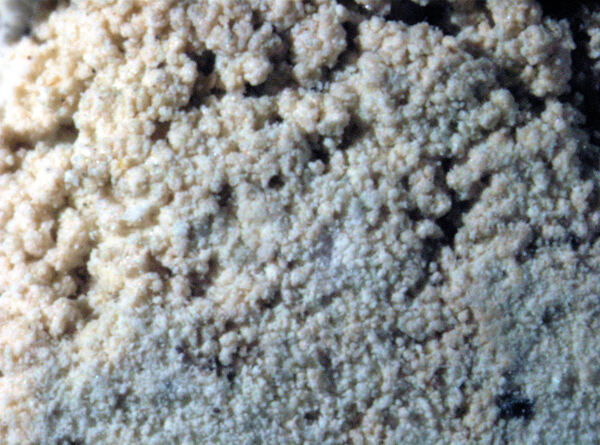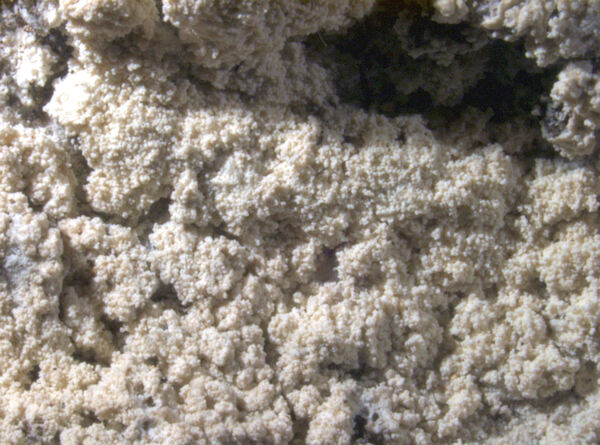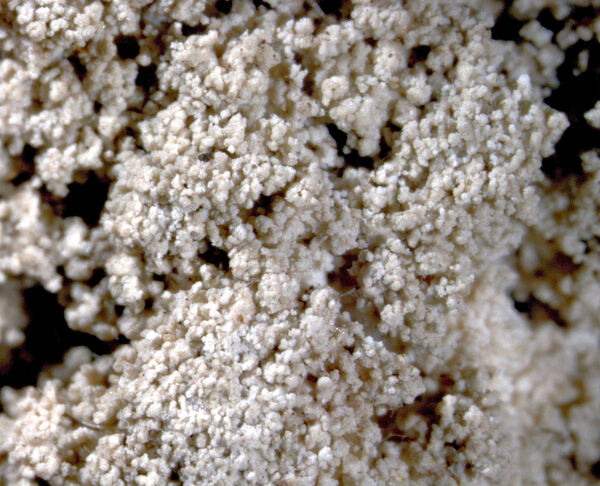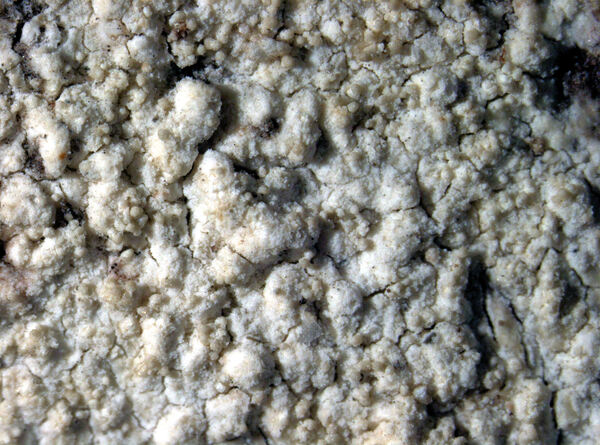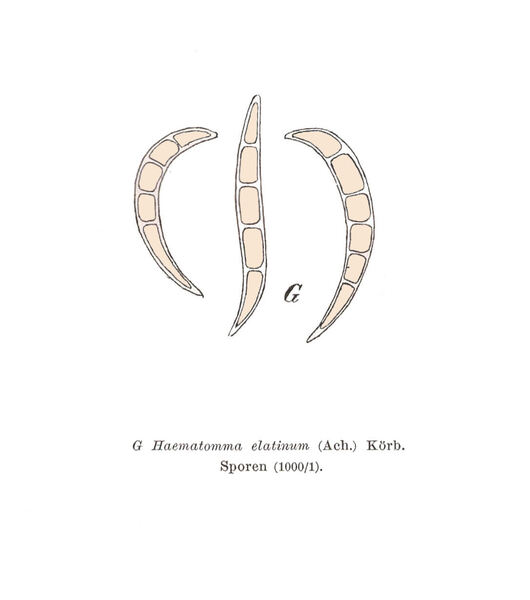Loxospora elatina (Ach.) A. Massal.
Ric. Auton. Lich. Crost.: 138, 1852. Basionym: Lecanora elatina Ach. - Lichenogr. Univ.: 387, 1810.
Synonyms: Haematomma elatinum (Ach.) A. Massal.; Lecanora lutescens Ach.; Pseudographis elatina (Ach.) Nyl.
Distribution: N - Frl, Ven, TAA (Thor & Nascimbene 2007, Nascimbene & al. 2007b, 2014, 2022, Nascimbene 2014, Nascimbene & Marini 2015, Nimis & al. 2015, Trindade & al. 2021), Lomb, Lig (Giordani & al. 2025).
Description: Thallus crustose, mostly episubstratic, continuous to minutely verrucose or tuberculate in young parts, sorediate, often delimited by a whitish, felty prothallus, forming regular to irregular, up to 10 cm (or more) wide patches. Esorediate surface grey or bluish grey, rarely yellowish; soralia bursting from the apices of basally constricted tubercles, yellowish white, grey-green, yellowish green or pale green, subglobose, 1-2 mm wide, often finally irregular, diffuse and finally often coalescing into granular-sorediate patches covering large areas. Soredia mostly coarse, 25-55 μm in diam., often gathered into globose, up to 80 μm (or more) wide consoredia. Medulla mostly distinct, white. Apothecia rare, lecanorine, 0.5-1.5 mm across, sessile or substipitate, usually constricted at base, with a reddish brown, sometimes pruinose, flat to finally convex disc and a thin, sorediate, finally excluded thalline margin. Proper exciple thin, brownish; epithecium brownish, inspersed with crystals, K-; hymenium colourless, I+ blue; paraphyses mostly simple, rather lax, not or slightly swollen at tips; hypothecium colourless to pale brown. Asci 8-spored, with a uniformly amyloid apical dome. Ascospores 2-5-septate, hyaline, fusiform to narrowly ellipsoid, spirally arranged in the asci, 35-50 x 4-5 µm. Pycnidia rare, immersed, with a colourless wall. Conidia bacilliform. Photobiont chlorococcoid. Spot tests: thallus and soralia K+ rapidly bright lemon yellow, C-, KC+ yellow, P+ yellow-orange (slow reaction), UV-. Chemistry: thamnolic acid (major), elatinic acid (mainly in the soralia, minor), squamatic acid (trace). Note: a mainly boreal-montane species found on Abies and Picea, more rarely on deciduous trees (e.g. Betula); certainly overlooked in the Alps, being most often sterile, but never common. It is included in the Italian red list of epiphytic lichens as “Endangered” (Nascimbene & al. 2013c).
Growth form: Crustose
Substrata: bark
Photobiont: green algae other than Trentepohlia
Reproductive strategy: mainly asexual, by soredia, or soredia-like structures (e.g. blastidia)
Most common in areas with a humid-warm climate (e.g. most of Tyrrenian Italy)
Commonnes-rarity: (info)
Alpine belt: absent
Subalpine belt: extremely rare
Oromediterranean belt: absent
Montane belt: extremely rare
Submediterranean belt: absent
Padanian area: absent
Humid submediterranean belt: absent
Humid mediterranean belt: absent
Dry mediterranean belt: absent

Predictive model
Herbarium samples
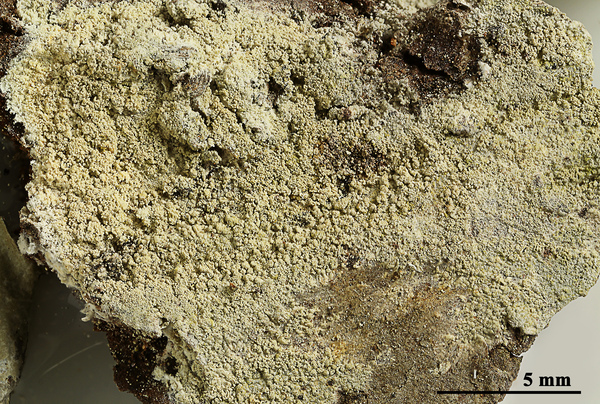

Felix Schumm - CC BY-SA4.0
[20892]. Germany, Baden-Württemberg, Main-Tauber district, 32 km SW of Würzburg, 8 km S of the centre of Tauberbischofsheim, 1.5 km SW of the centre of Lauda-Königshofen,Becksteiner Buckel, 49°33'17'' N, 9°41'38'' E, 325 m, on bark of Abies alba. Leg. R. Türk (no 57323), 6.5.2016, det. R. Türk. TLC: thamnolic acid, elatinic acid, anal. by Obermayer, 557/01 & 02. DUPLA GRAEC. LICH. 1148


P.L. Nimis; Owner: Department of Life Sciences, University of Trieste
Herbarium: TSB (8255)
2001/11/26
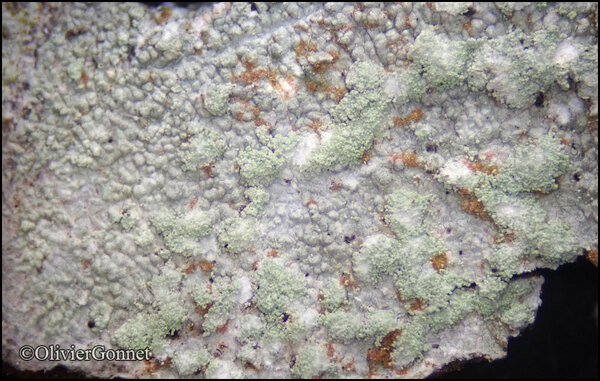
Courtesy Danièle et Olivier Gonnet - Source: https://www.afl-lichenologie.fr/Photos_AFL/Photos_AFL_L/Texte_L_5/Loxospora_elatina.htm
France, Chezery-Forens - Ain - (01) - sur écorce d'Abies
8/9/2018
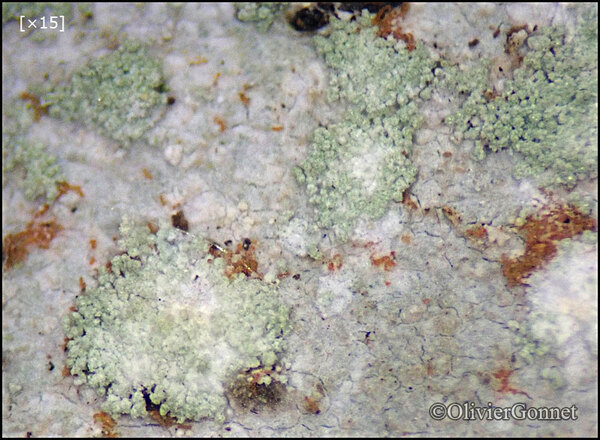
Courtesy Danièle et Olivier Gonnet - Source: https://www.afl-lichenologie.fr/Photos_AFL/Photos_AFL_L/Texte_L_5/Loxospora_elatina.htm
France, Chezery-Forens - Ain - (01) - sur écorce d'Abies
8/9/2018
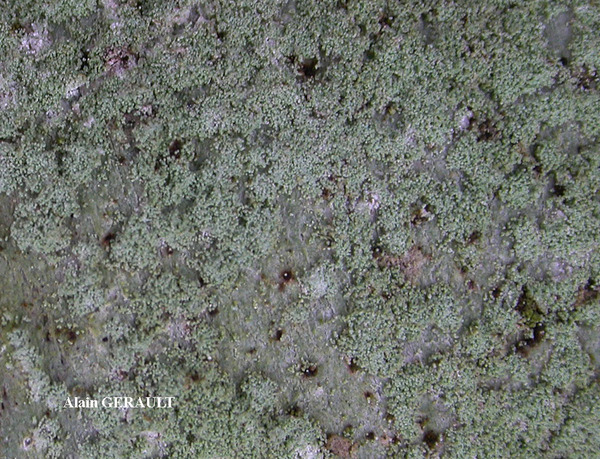
Alain Gerault - Source: http://www.lichensmaritimes.org/index.php?task=fiche&lichen=467&lang=en
France, Landévennec
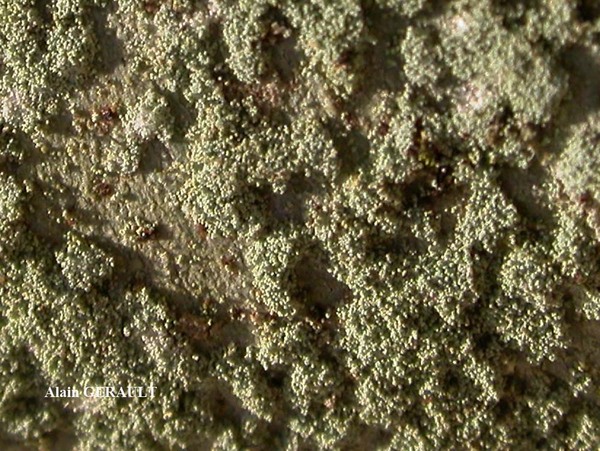
Alain Gerault - Source: http://www.lichensmaritimes.org/index.php?task=fiche&lichen=467&lang=en
France, Landévennec
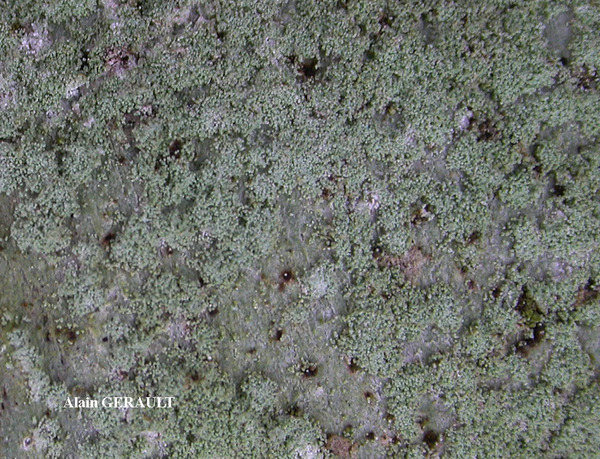
Bernard Bouffinier - Source: http://www.lichensmaritimes.org/index.php?task=fiche&lichen=467&lang=en
France, Landévennec
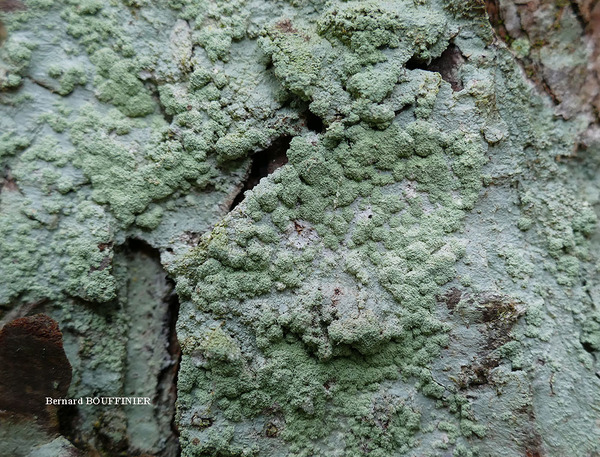
Bernard Bouffinier - Source: http://www.lichensmaritimes.org/index.php?task=fiche&lichen=467&lang=en
France, Landévennec
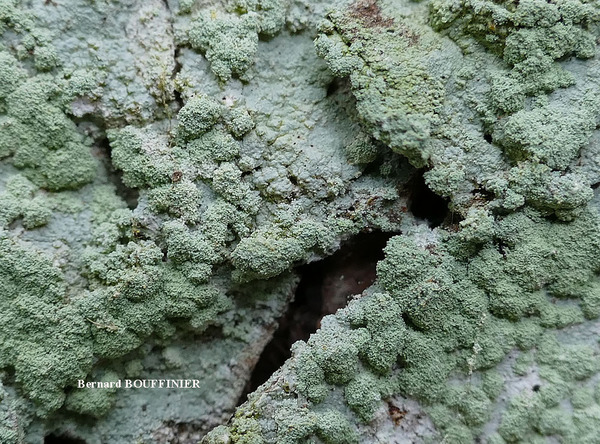
Bernard Bouffinier - Source: http://www.lichensmaritimes.org/index.php?task=fiche&lichen=467&lang=en
France, Landévennec
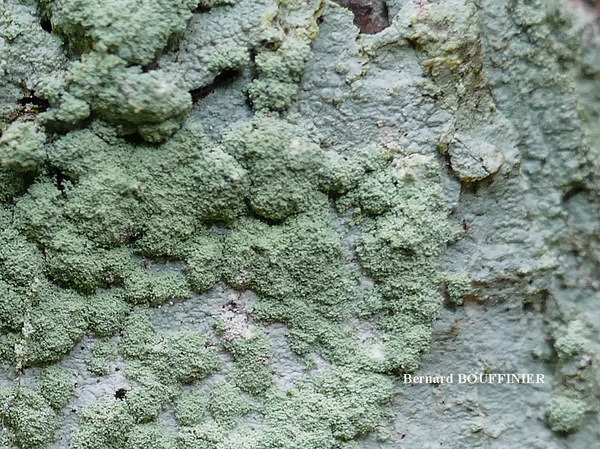
Bernard Bouffinier - Source: http://www.lichensmaritimes.org/index.php?task=fiche&lichen=467&lang=en
France, Landévennec
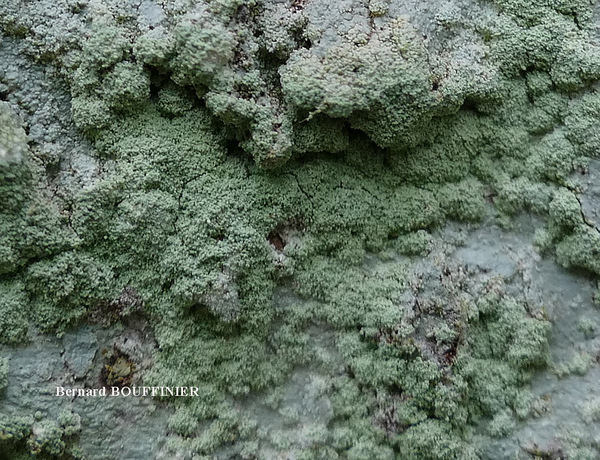
Bernard Bouffinier - Source: http://www.lichensmaritimes.org/index.php?task=fiche&lichen=467&lang=en
France, Landévennec
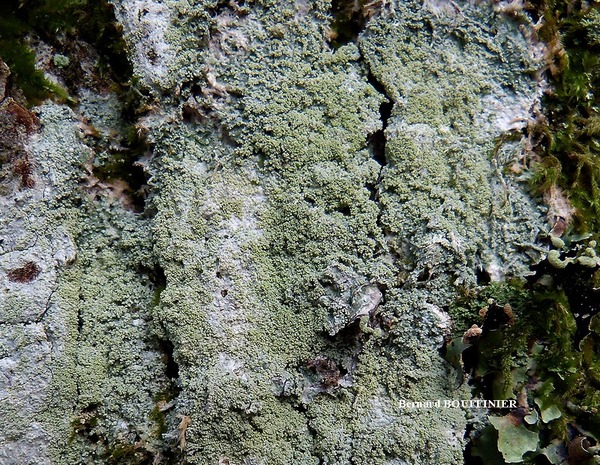
Bernard Bouffinier - Source: http://www.lichensmaritimes.org/index.php?task=fiche&lichen=467&lang=en
France, Landévennec
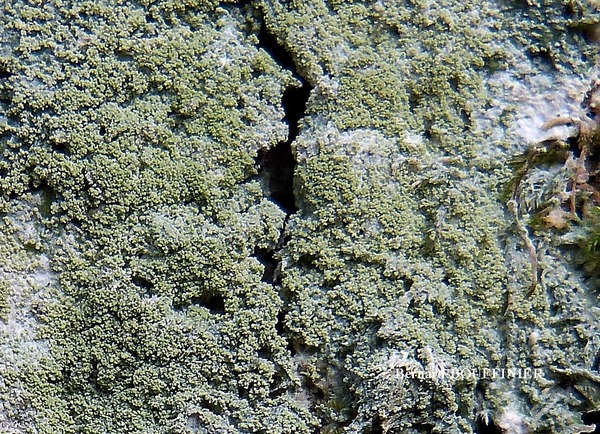
Bernard Bouffinier - Source: http://www.lichensmaritimes.org/index.php?task=fiche&lichen=467&lang=en
France, Landévennec
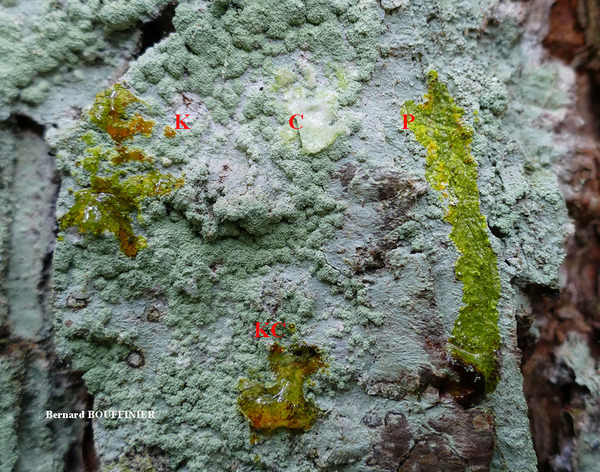
Bernard Bouffinier - Source: http://www.lichensmaritimes.org/index.php?task=fiche&lichen=467&lang=en
France, Landévennec
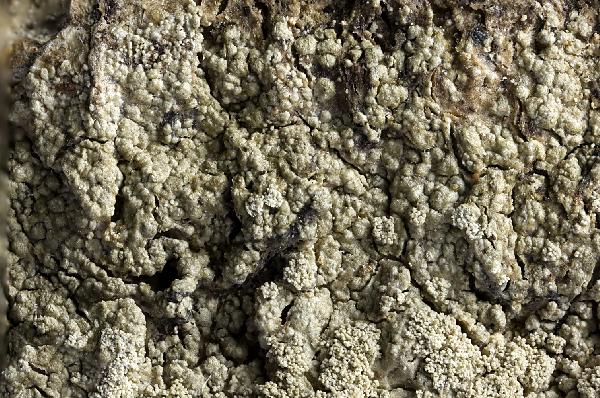
Ulrich Kirschbaum CC BY-SA 4.0 - Source: https://www.thm.de/lse/ulrich-kirschbaum/flechtenbilder
Central Europe: Germany. (Coll/ident: Eichler/Cezanne).
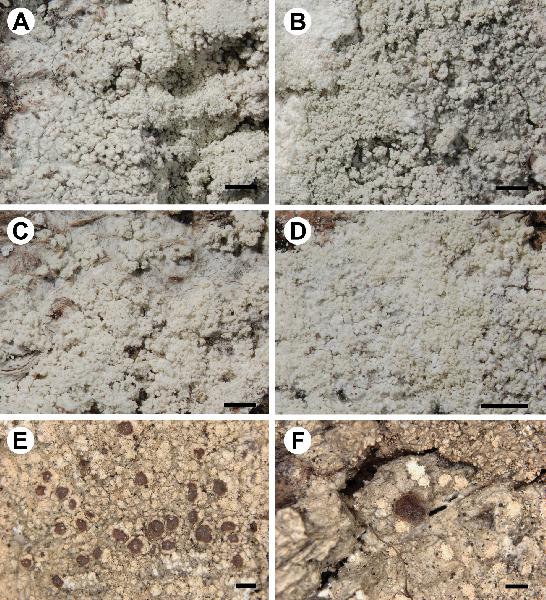
Source: Ptach-Styn Ł, Guzow-Krzemińska B, Lendemer JC, Tønsberg T, Kukwa M (2024) MycoKeys 102: 155-181 - CC BY-4.0
Morphology of Loxospora elatina (for details of specimens, see Table 1, Suppl. material 3) A, B thalli with tuberculate areoles and irregular and partly fused soralia (A UGDA L-47757 B UGDA L- 47762) C thallus with soralia bursting from areoles and later fused (UGDA L-47761) D soralia covering most parts of the thallus (UGDA L-47760) E, F apothecia with sorediate or esorediate margins (O L-97759). Scale bars: 1 mm.
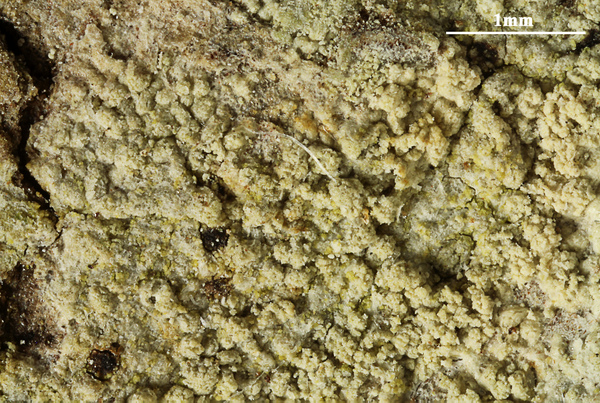

Felix Schumm - CC BY-SA4.0
[20892]. Germany, Baden-Württemberg, Main-Tauber district, 32 km SW of Würzburg, 8 km S of the centre of Tauberbischofsheim, 1.5 km SW of the centre of Lauda-Königshofen,Becksteiner Buckel, 49°33'17'' N, 9°41'38'' E, 325 m, on bark of Abies alba. Leg. R. Türk (no 57323), 6.5.2016, det. R. Türk. TLC: thamnolic acid, elatinic acid, anal. by Obermayer, 557/01 & 02. DUPLA GRAEC. LICH. 1148
Growth form: Crustose
Substrata: bark
Photobiont: green algae other than Trentepohlia
Reproductive strategy: mainly asexual, by soredia, or soredia-like structures (e.g. blastidia)
Most common in areas with a humid-warm climate (e.g. most of Tyrrenian Italy)
Commonnes-rarity: (info)
Alpine belt: absent
Subalpine belt: extremely rare
Oromediterranean belt: absent
Montane belt: extremely rare
Submediterranean belt: absent
Padanian area: absent
Humid submediterranean belt: absent
Humid mediterranean belt: absent
Dry mediterranean belt: absent

Predictive model
| Herbarium samples |


Felix Schumm - CC BY-SA4.0
[20892]. Germany, Baden-Württemberg, Main-Tauber district, 32 km SW of Würzburg, 8 km S of the centre of Tauberbischofsheim, 1.5 km SW of the centre of Lauda-Königshofen,Becksteiner Buckel, 49°33'17'' N, 9°41'38'' E, 325 m, on bark of Abies alba. Leg. R. Türk (no 57323), 6.5.2016, det. R. Türk. TLC: thamnolic acid, elatinic acid, anal. by Obermayer, 557/01 & 02. DUPLA GRAEC. LICH. 1148


P.L. Nimis; Owner: Department of Life Sciences, University of Trieste
Herbarium: TSB (8255)
2001/11/26

Courtesy Danièle et Olivier Gonnet - Source: https://www.afl-lichenologie.fr/Photos_AFL/Photos_AFL_L/Texte_L_5/Loxospora_elatina.htm
France, Chezery-Forens - Ain - (01) - sur écorce d'Abies
8/9/2018

Courtesy Danièle et Olivier Gonnet - Source: https://www.afl-lichenologie.fr/Photos_AFL/Photos_AFL_L/Texte_L_5/Loxospora_elatina.htm
France, Chezery-Forens - Ain - (01) - sur écorce d'Abies
8/9/2018

Alain Gerault - Source: http://www.lichensmaritimes.org/index.php?task=fiche&lichen=467&lang=en
France, Landévennec

Alain Gerault - Source: http://www.lichensmaritimes.org/index.php?task=fiche&lichen=467&lang=en
France, Landévennec

Bernard Bouffinier - Source: http://www.lichensmaritimes.org/index.php?task=fiche&lichen=467&lang=en
France, Landévennec

Bernard Bouffinier - Source: http://www.lichensmaritimes.org/index.php?task=fiche&lichen=467&lang=en
France, Landévennec

Bernard Bouffinier - Source: http://www.lichensmaritimes.org/index.php?task=fiche&lichen=467&lang=en
France, Landévennec

Bernard Bouffinier - Source: http://www.lichensmaritimes.org/index.php?task=fiche&lichen=467&lang=en
France, Landévennec

Bernard Bouffinier - Source: http://www.lichensmaritimes.org/index.php?task=fiche&lichen=467&lang=en
France, Landévennec

Bernard Bouffinier - Source: http://www.lichensmaritimes.org/index.php?task=fiche&lichen=467&lang=en
France, Landévennec

Bernard Bouffinier - Source: http://www.lichensmaritimes.org/index.php?task=fiche&lichen=467&lang=en
France, Landévennec

Bernard Bouffinier - Source: http://www.lichensmaritimes.org/index.php?task=fiche&lichen=467&lang=en
France, Landévennec

Ulrich Kirschbaum CC BY-SA 4.0 - Source: https://www.thm.de/lse/ulrich-kirschbaum/flechtenbilder
Central Europe: Germany. (Coll/ident: Eichler/Cezanne).

Source: Ptach-Styn Ł, Guzow-Krzemińska B, Lendemer JC, Tønsberg T, Kukwa M (2024) MycoKeys 102: 155-181 - CC BY-4.0
Morphology of Loxospora elatina (for details of specimens, see Table 1, Suppl. material 3) A, B thalli with tuberculate areoles and irregular and partly fused soralia (A UGDA L-47757 B UGDA L- 47762) C thallus with soralia bursting from areoles and later fused (UGDA L-47761) D soralia covering most parts of the thallus (UGDA L-47760) E, F apothecia with sorediate or esorediate margins (O L-97759). Scale bars: 1 mm.


 INDEX FUNGORUM
INDEX FUNGORUM
 GBIF
GBIF
 DOLICHENS
DOLICHENS
